2022 Mazda 3 2.5 Turbo AWD Sedan
“I’ve owned Corvettes and Mustangs. I would trade them all to have my ’84 Mazda again.”
As I stood along the banks of the Huron River, photographing the car you see here, that line was volunteered by a passing cyclist.
“I like this one,” he said. “It looks sporty.”
Indeed, the 2022 Mazda 3 looks sporty. Refreshed in 2019 with Mazda’s Kodo design philosophy—the core idea is a sense of motion, even when parked—the fourth-generation 3 comes in two flavors: sedan or hatchback. The sedan is by far the spiciest looker, with the hatch plagued by a chunky C-pillar.
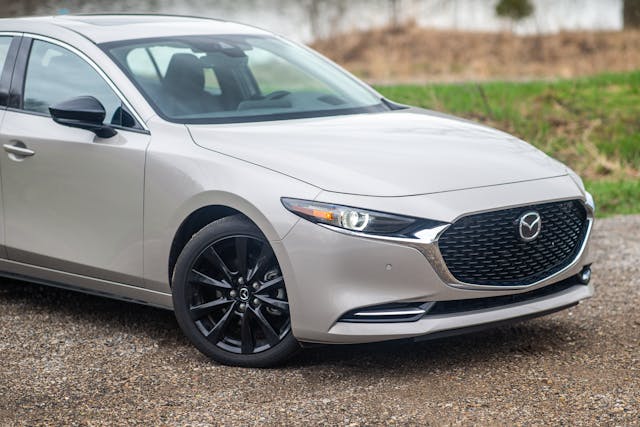
Maybe biker-man saw my test car and immediately reminisced about the endearing little Japanese car he once owned because the 3 sedan just has good curb appeal. Or perhaps he noticed the Mazda because it was simply a car, not an SUV or a crossover. Compact sedans are few and far between these days, especially at Mazda. In 2021, the combined American sales of the company’s three traditional cars—Mazda 3, Mazda 6, and MX-5 Miata—were still outpaced by Mazda’s own CX-5 crossover (168,383 units). If you read our Volkswagen Golf R review, call this second verse, same as the first.
Nearly every modern automaker maintains a high-riding amorphous pod as its breadwinner. In Mazda’s case, though, things are different. Not only is the 3 dramatically outsold by its platform-sharing crossover siblings, the car is in the back of the pack in its segment. The Toyota Corolla, the Honda Civic, and the Subaru Impreza have eaten the 3’s lunch for years, which seems unfair, because the all-wheel-drive 3 is an orange in a bushel of apples. And the sedan variant is unique on its own: No other vehicle this size has all-wheel-drive and a trunk.
Mazda offers eight distinct packages for the model. They range from 2.0-liter, front-drive rental-lot warrior to the 2.5-liter, turbocharged, all-wheel-drive Premium Plus model delivered to Hagerty’s Ann Arbor office last week. For around $14,000 more than the lowest 3 trim level, the 2.5 turbo PP features leather-trimmed seats, parking sensors, auto-dim side mirrors, traffic-sign recognition, and a rear spoiler.
The real reason for upcharge, however, lies in the drivetrain. Mazda reserved its 2.5-liter Skyactiv-G DOHC turbo four for the 3’s top two trims. This engine is also found in the CX-5 and the larger, three-row CX-9. Bolted into the 3, a car 500 pounds lighter than the CX-5 and a half-ton lighter than the CX-9, this 250-hp package is at its most formidable. The six-speed automatic performs well, especially in sport mode, where it can opt to shift under braking, before you turn into a corner, so as not to upset the car.
Having recently sampled the Golf R—you could record a TikTok in the time the VW’s turbo takes to spool—I was shocked at the Mazda’s lack of lag. The technology here, which Mazda calls Dynamic Pressure Turbo, is simple: At low rpm, the engine reduces exhaust area through the use of a small valve body, a practice that accelerates gas flow through the turbo. Once revs climb, the body allows exhaust gases to take a less restrictive path, and the turbo functions normally.
DPT also combines the engine’s middle two cylinders into the same exhaust primary. This resulting 4-3-1 configuration better equalizes exhaust pulses and produces a similar effect to the manifold of a twin-scroll turbocharger, without the cost and weight of a twin-scroll turbo.
The end result? The engine’s powerband is less top-heavy, at the risk of being labeled bland and predictable. Still, as with most turbo-fours, all the fun happens close to the red. (And while you’re up there, take a second to enjoy to the sublime exhaust note.)
All that juice is useless if you can’t lay it down. Mazda’s iActiv all-wheel-drive system works well to distribute power, especially in sport mode. Under hard cornering and spirited on-ramp runs, the car confidently dances through an apex. Part of this balance is due to what Mazda calls G-Vectoring Control—a chassis software philosophy that watches steering angle and load and responds with subtle adjustments to driveline and brakes. Mazda says these micro-inputs are generally conducted without the driver’s notice, but an attentive pair of cheeks might feel the shuffle underneath.
Far from an all-wheel-drive track rat, the Mazda is enjoyable on public roads, especially compared to something like a WRX or a Honda Civic Type R. The 3 has a tendency to push and slide its front tires first, especially if you pick up the throttle too early, but the limits are relatively low, and you can actually drive near the car’s performance ceiling without risking jail time. Ride quality is tuned for the street—add in those plush leather seats, and the Mazda feels like riding on a rubber handball.
Tech tools like parking cameras and sensors work well to dispel anxiety in traffic or tight spaces. Commuters will also enjoy the roomy cabin, with its wide back seats and decent legroom. Those rear seats fold 60/40, unlocking ample cargo space. (Still, if storage is a priority, consider the 3 hatch.) Compared to the flash and plastic of the Toyota and Subaru competition, the 3’s all-black leather interior is timeless, like a tuxedo.
The interior’s only clear shortcoming is the center display. The Mazda’s 8.8-inch dash screen can only be operated with a large click wheel on the center console. When I went to input a destination for a nav search, I had to click through the entire alphabet on a digital roto-dial. Clean and simple, in a way, but also years out of date.
Still, the rest of the 3’s buttons and dials are logical and easy to operate, from HVAC to stereo. In our test trim, the latter was a Bose layout that required a hefty rear balance for something like even sound, and even then, the system was a bit flat. (To quote Hagerty contributor Ronnie Schreiber, who was himself referencing an old audiophile joke: “There are no highs, there are no lows, it must be Bose.”)
The gauge package, just as simple and clean as the rest of the interior, is easy to read. (Note: The Mazda’s miles-to-empty readout was inaccurate throughout our test.) The head-up display is also a nice commodity in a vehicle that starts under $40,000. When you consider the 3 inside and out, our tester’s $33,450 price seems justifiable. The trick is, that last bit is difficult to nail down, because the Mazda 3 sedan has literally zero straight-across competition, apart from maybe the more powerful Subaru WRX. (I encourage you to share any all-wheel-drive compact sedans in the comments.)
This car is fighting an uphill battle. Compact sedans are typically purchased by those who don’t want to give any thought to car buying. The kind of person who will be supremely pleased with a front-drive Corolla or Civic. On top of that, the Mazda 3 has traditionally sold best as a hatchback. For this lovely all-wheel-drive compact to sell, a niche brand is going to have to rely on its most niche buyers. People who want performance and livability, and who take notice when they see something with a trunk.
Perhaps Mazda should dial up that guy on the bike.
***
2022 Mazda3 2.5 Turbo AWD Sedan
Price: $30,550/$34,115 (base/as-tested)
Highs: Sporty yet livable ride, dashing interior. Styling that makes the Mazda 3 hatch look childish and unfinished.
Lows: Powerband offers good performance but feels bland. Click-wheel infotainment and lackluster stereo are a downer.
Summary: In a world of hatches, this sedan shines… in a class of one.

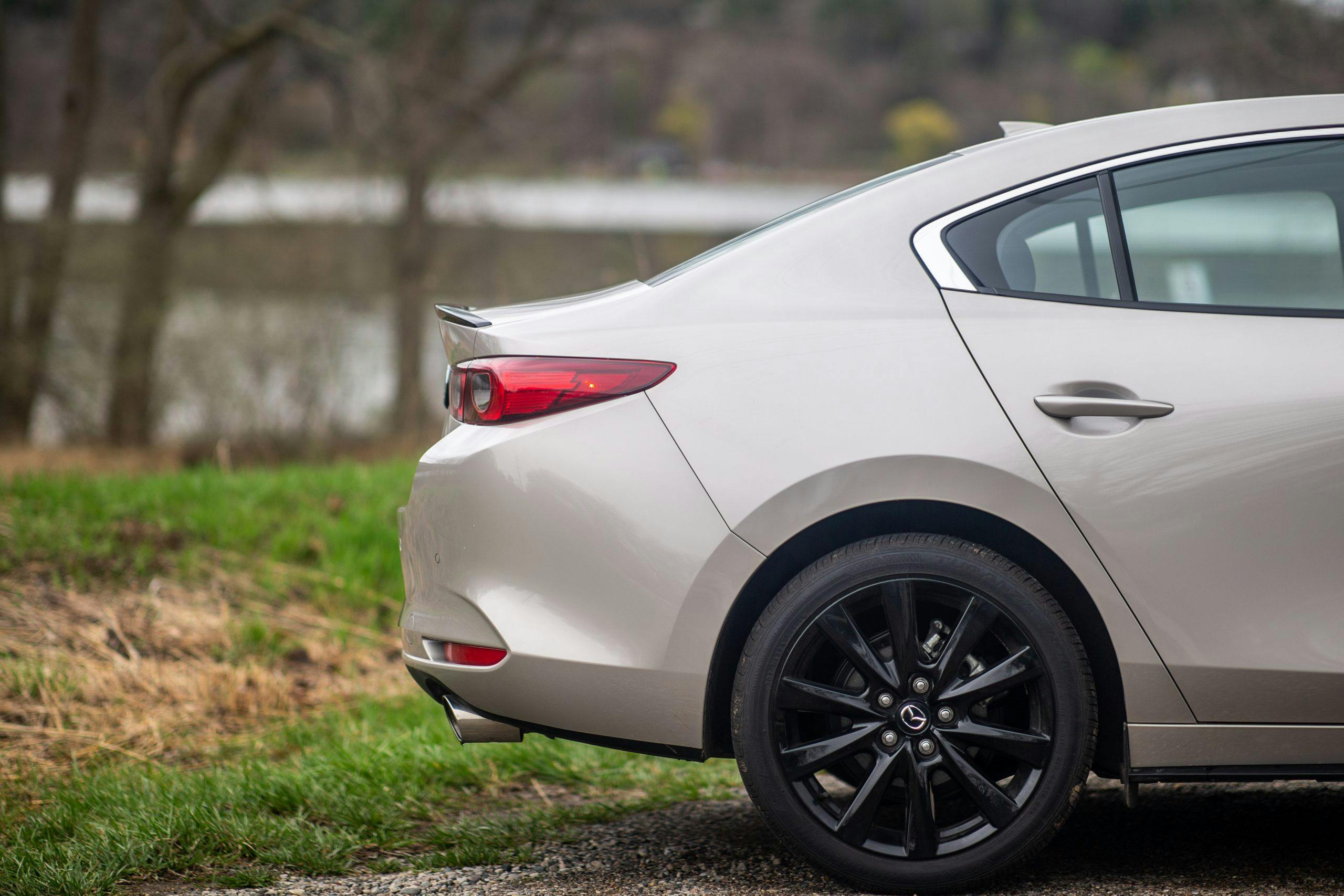
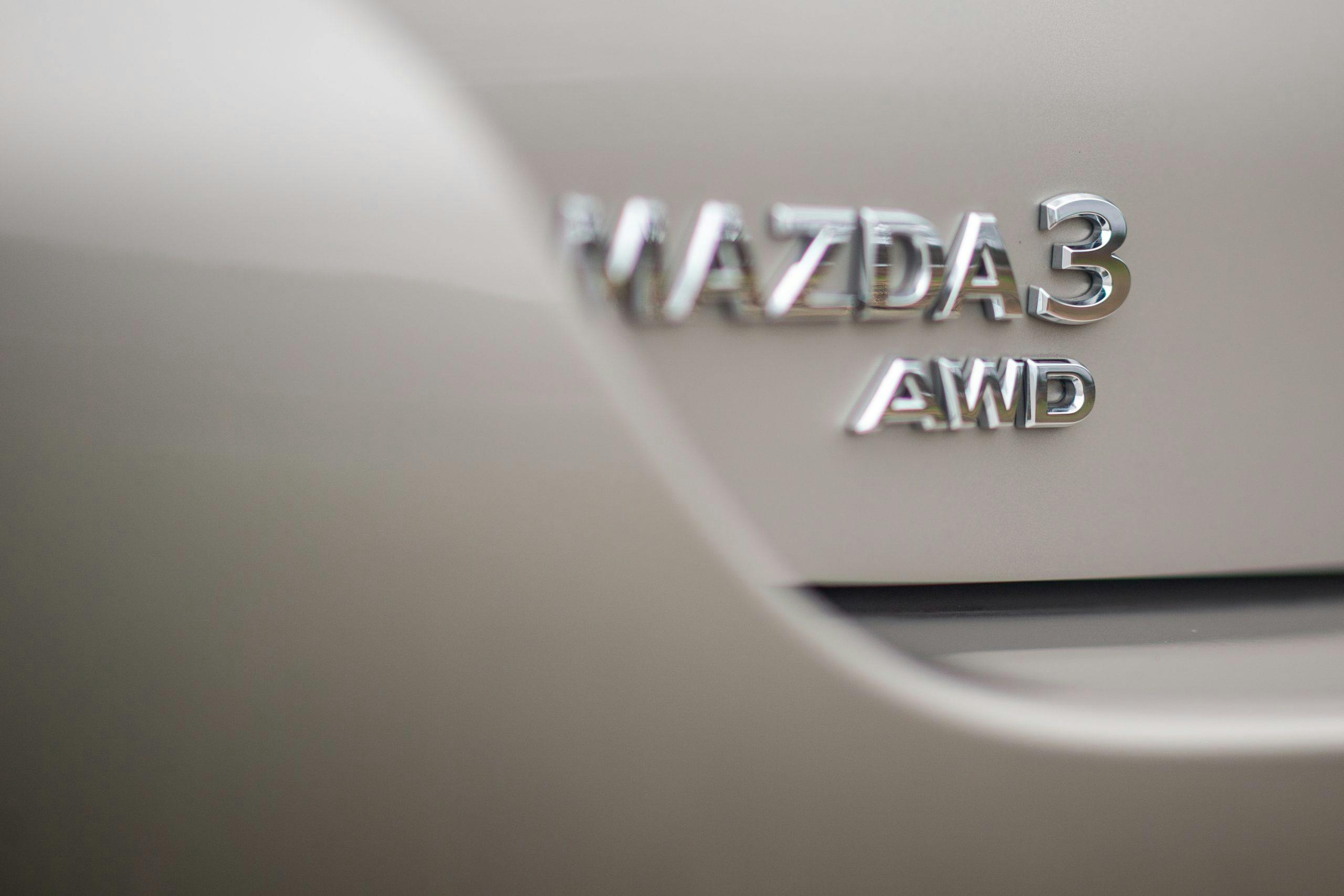
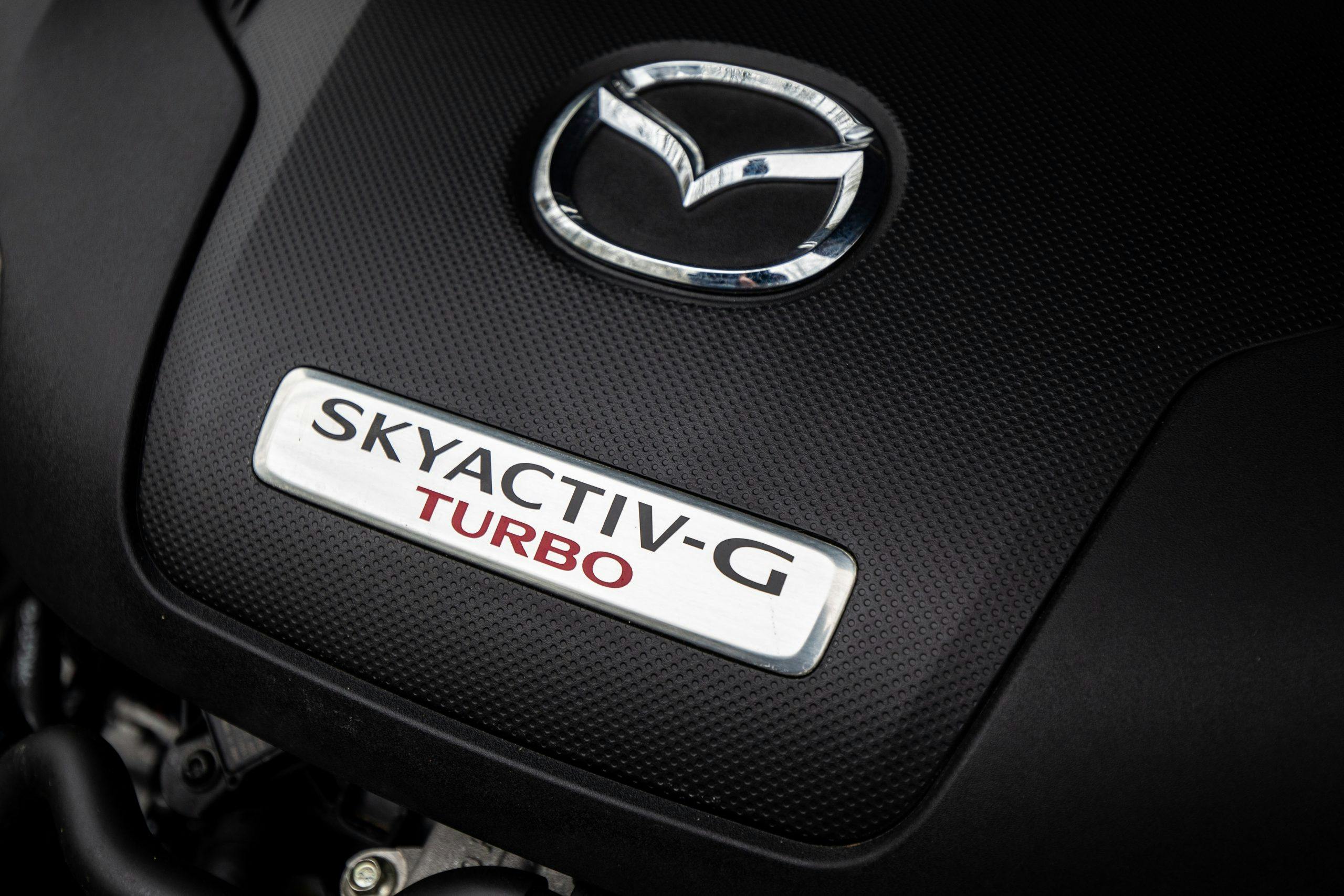
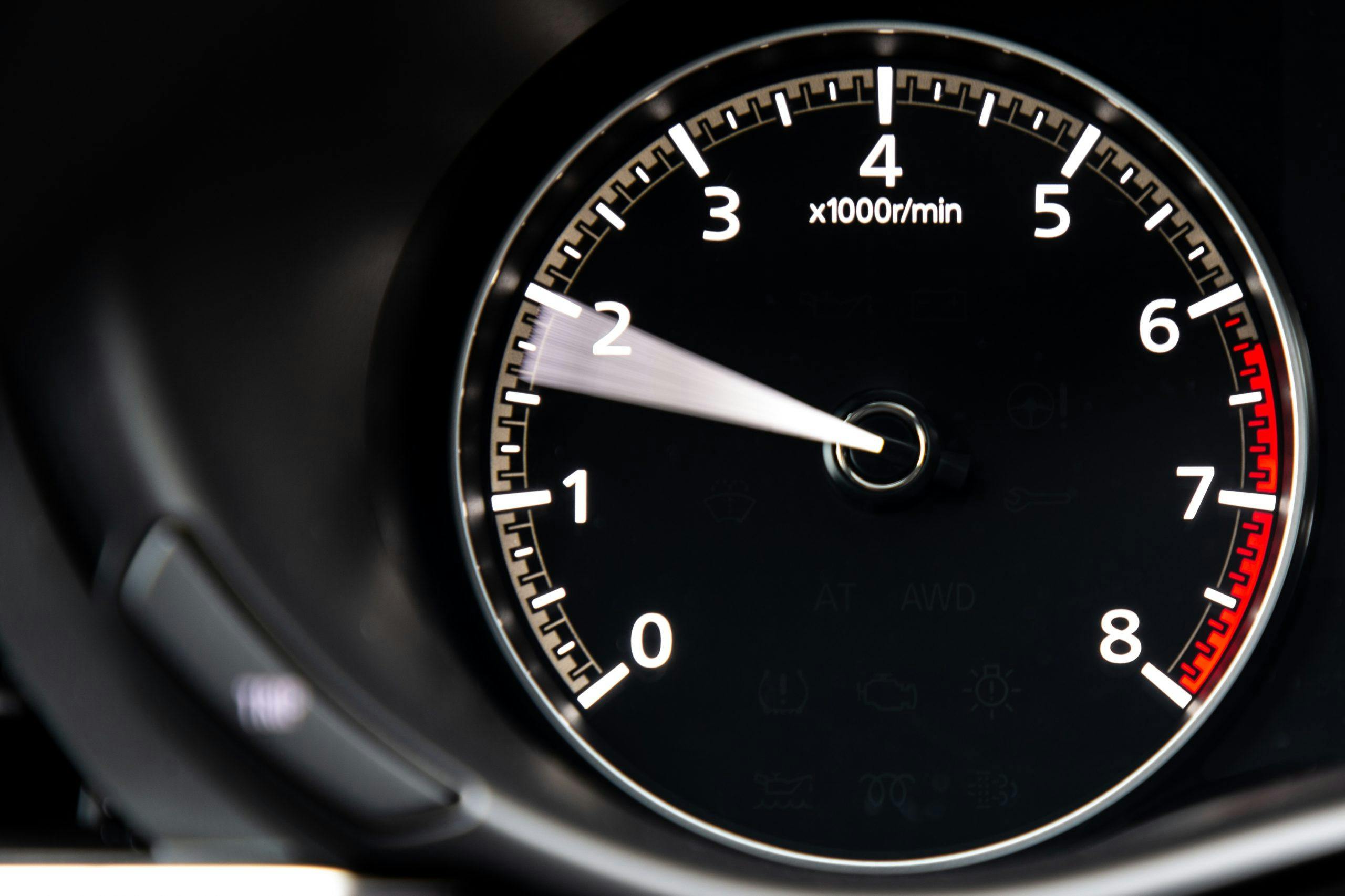

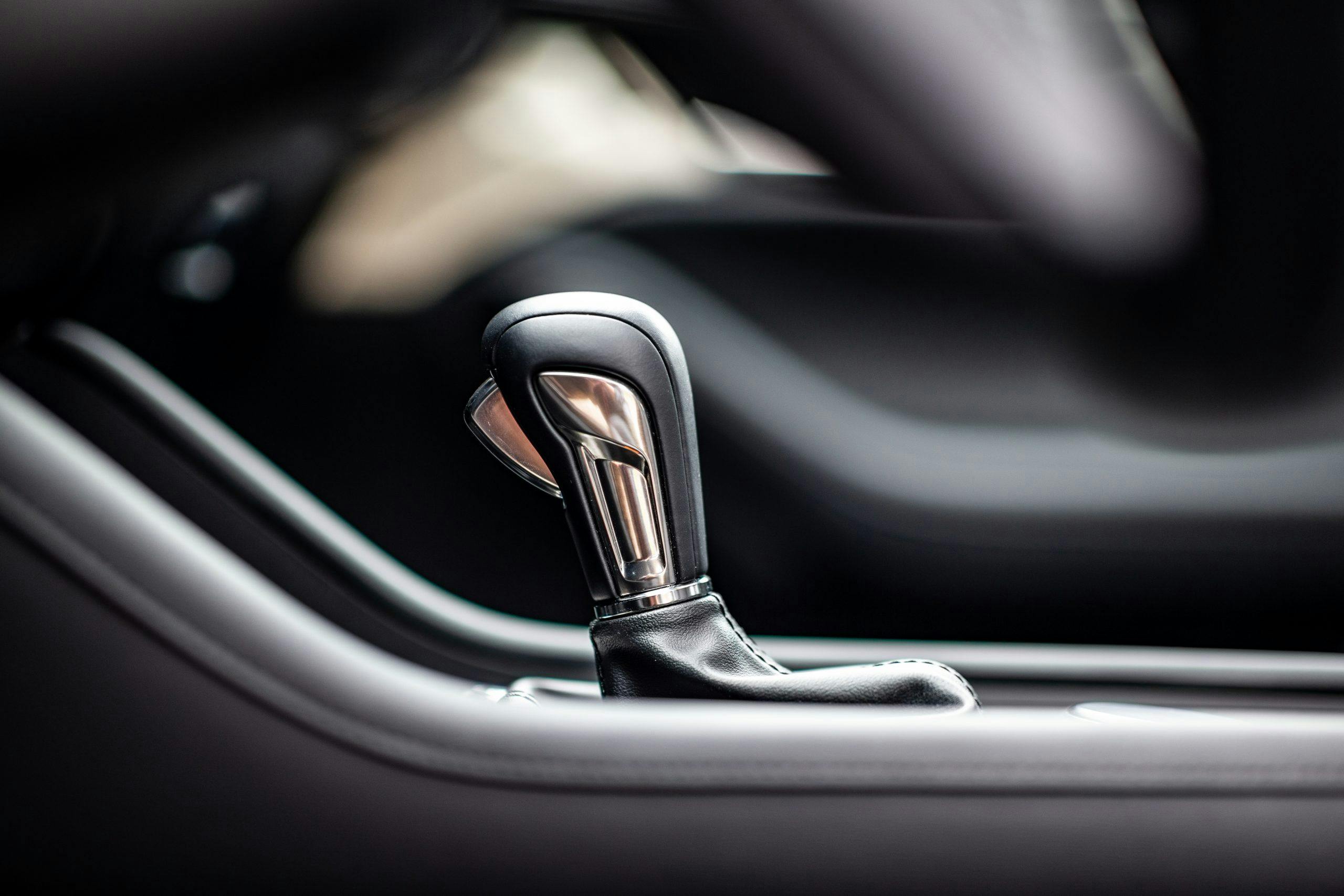
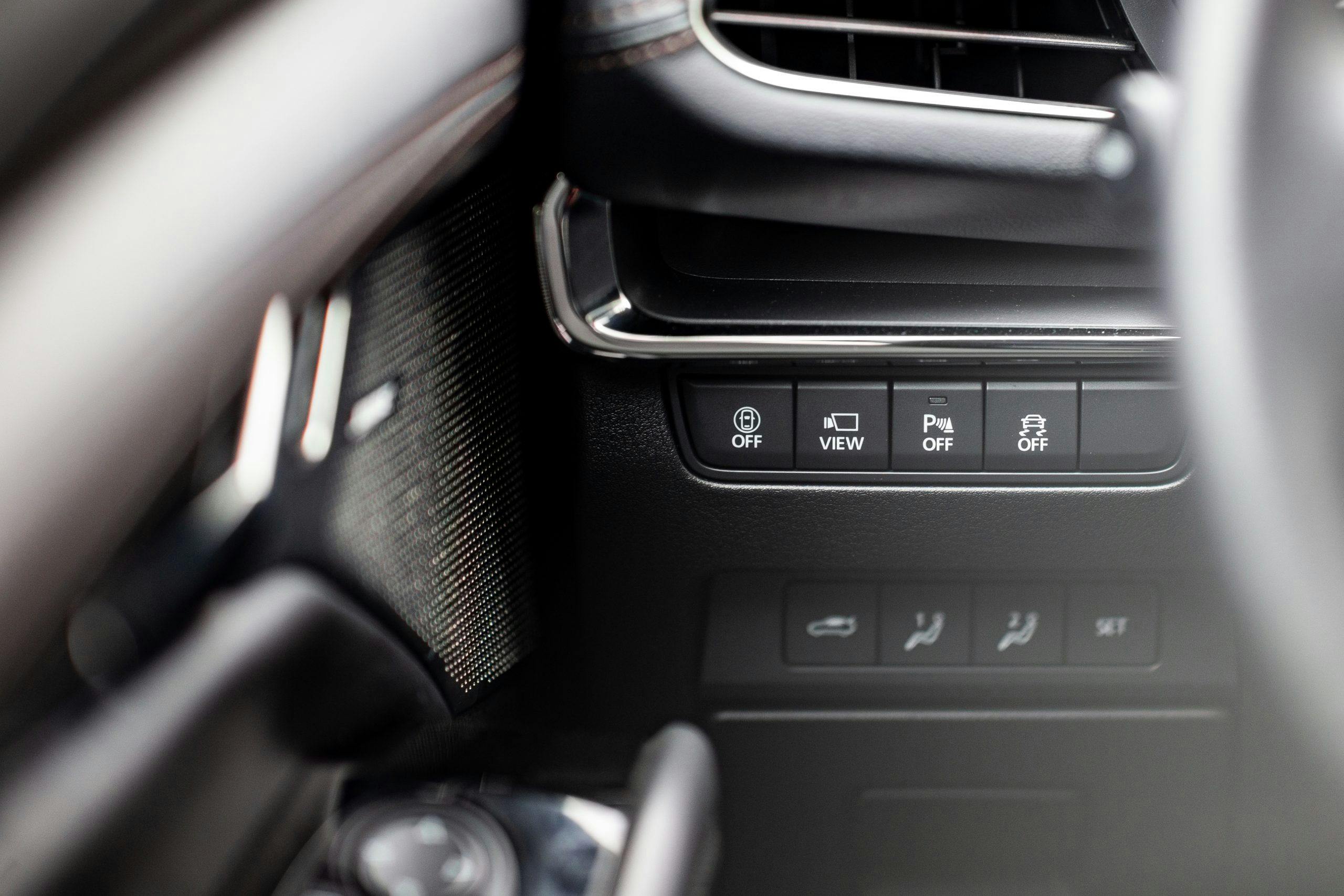

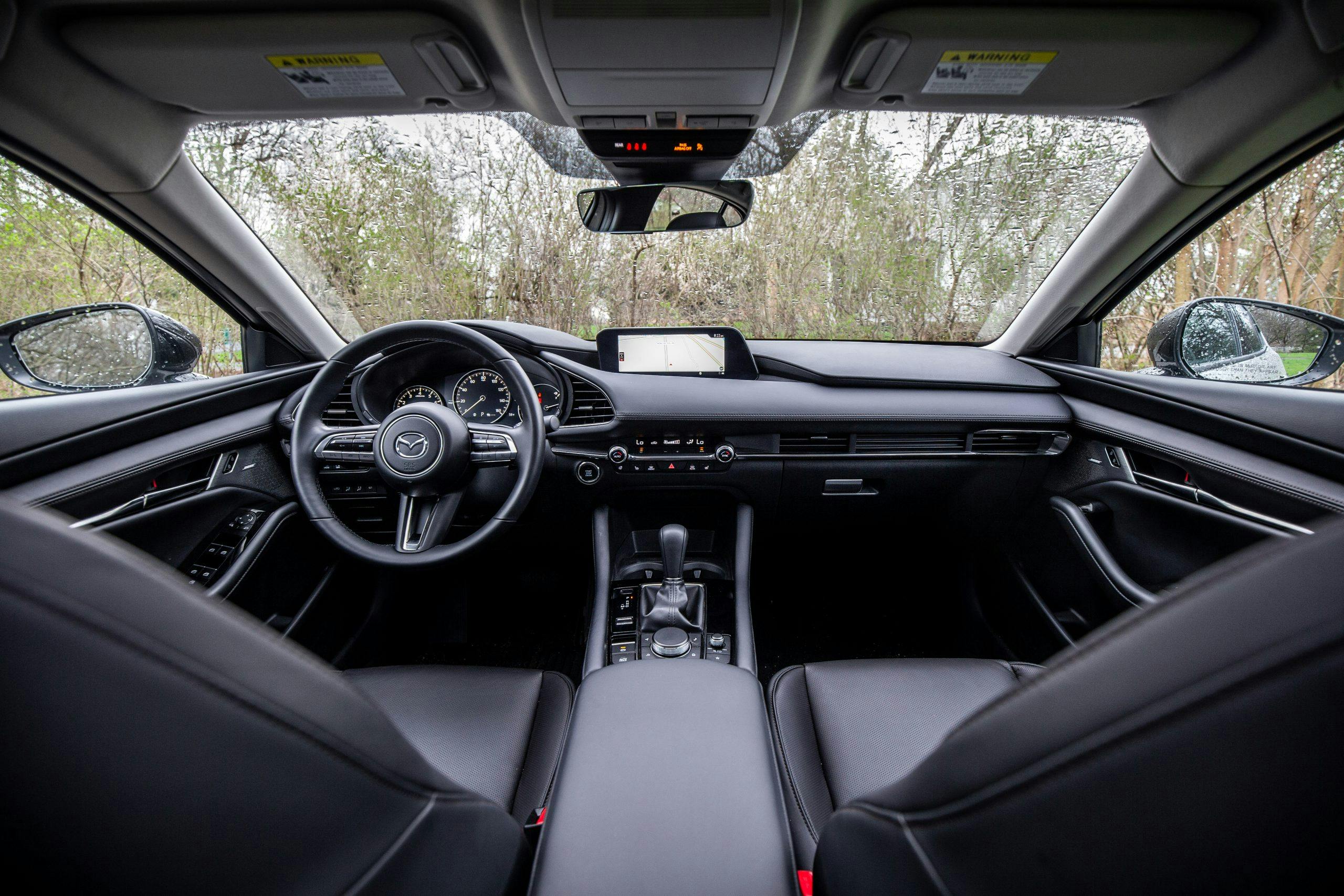
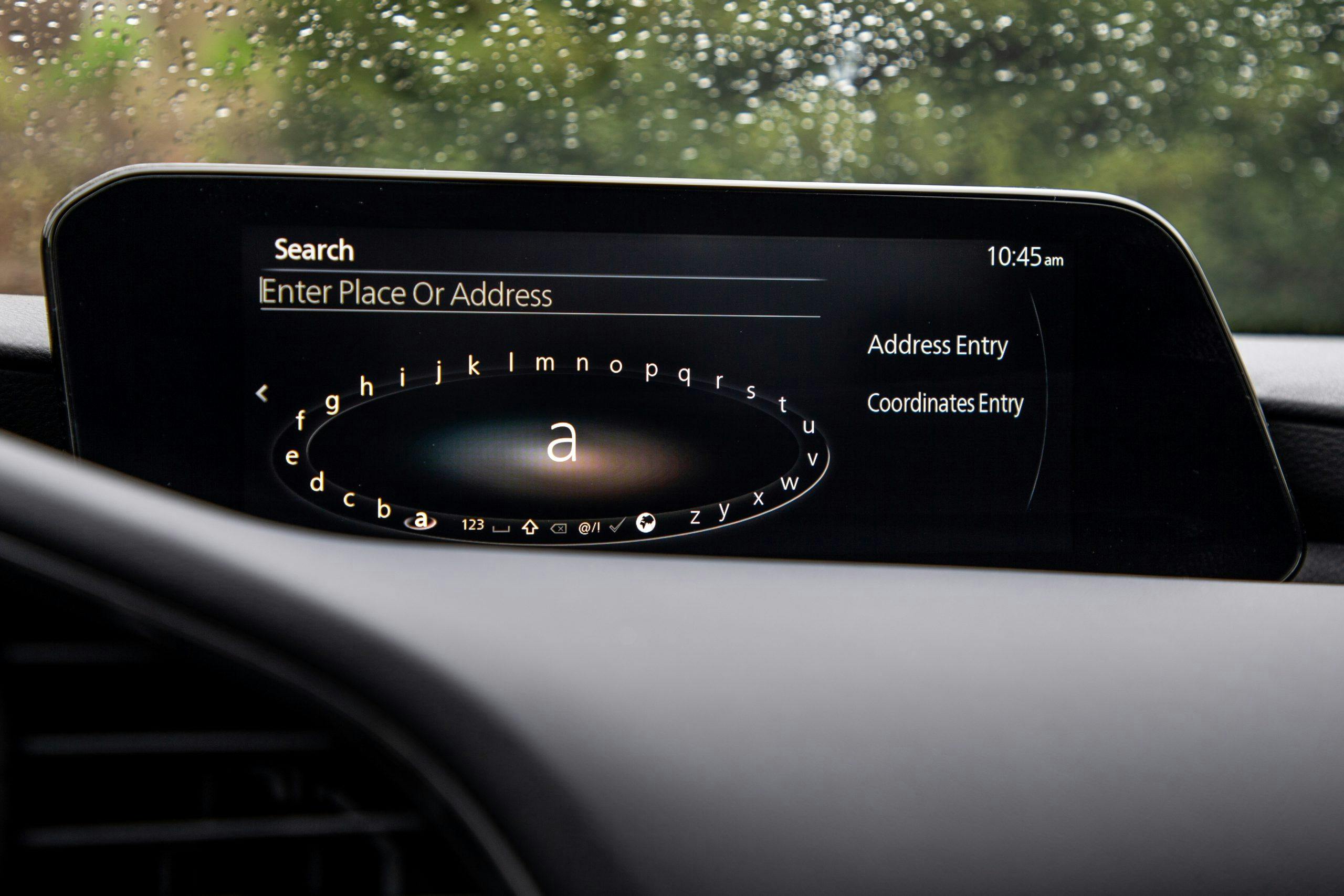
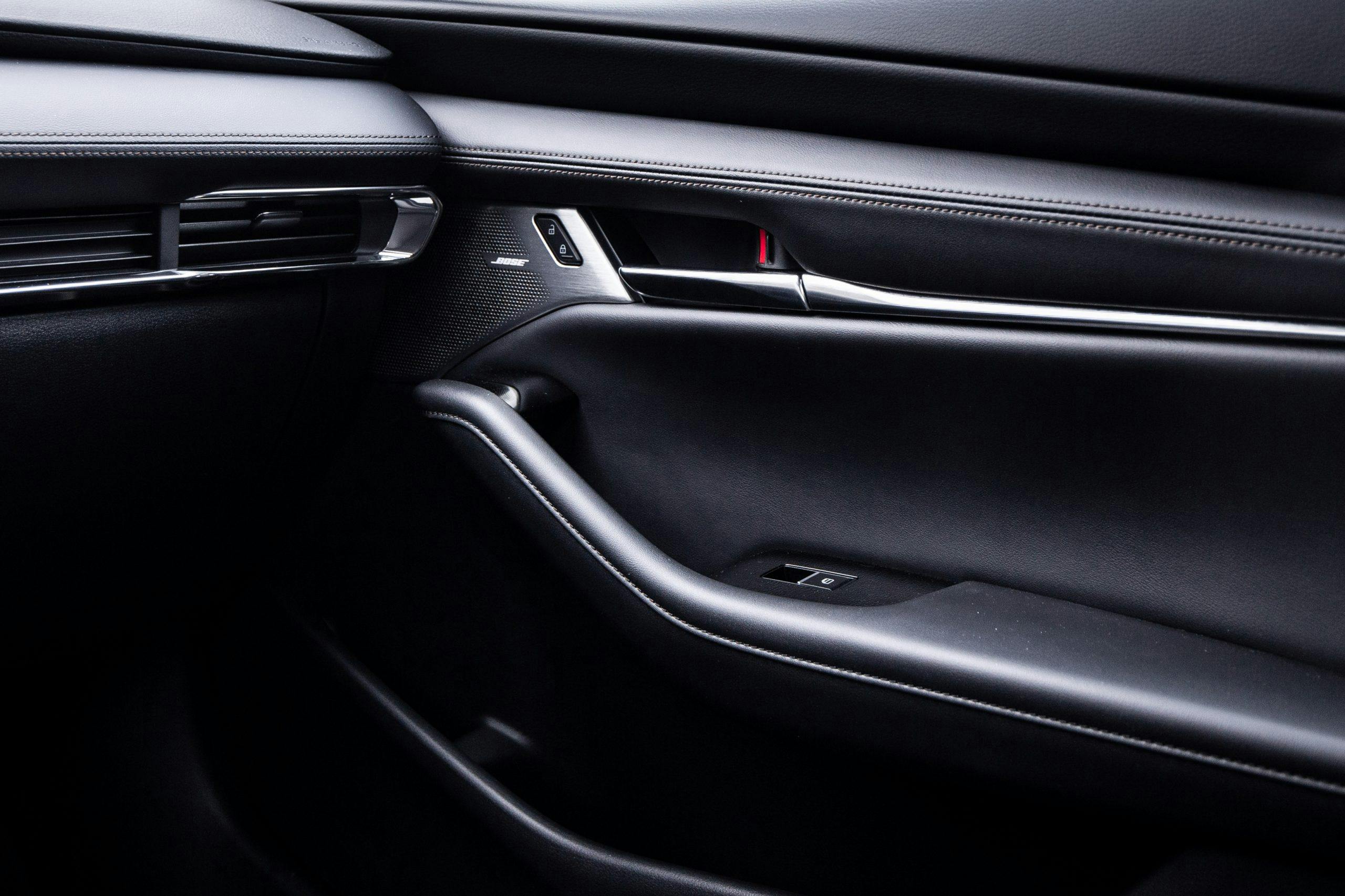
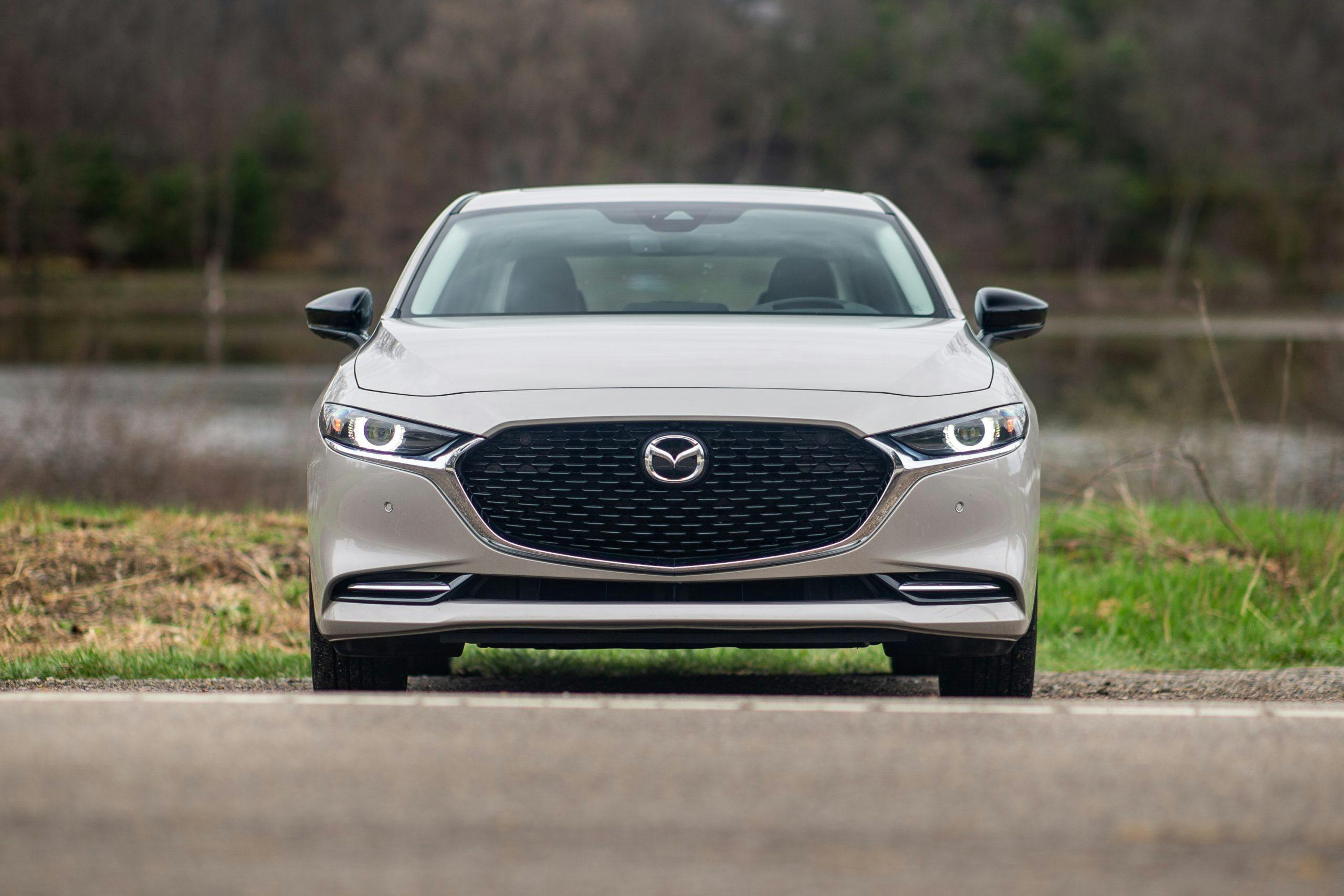

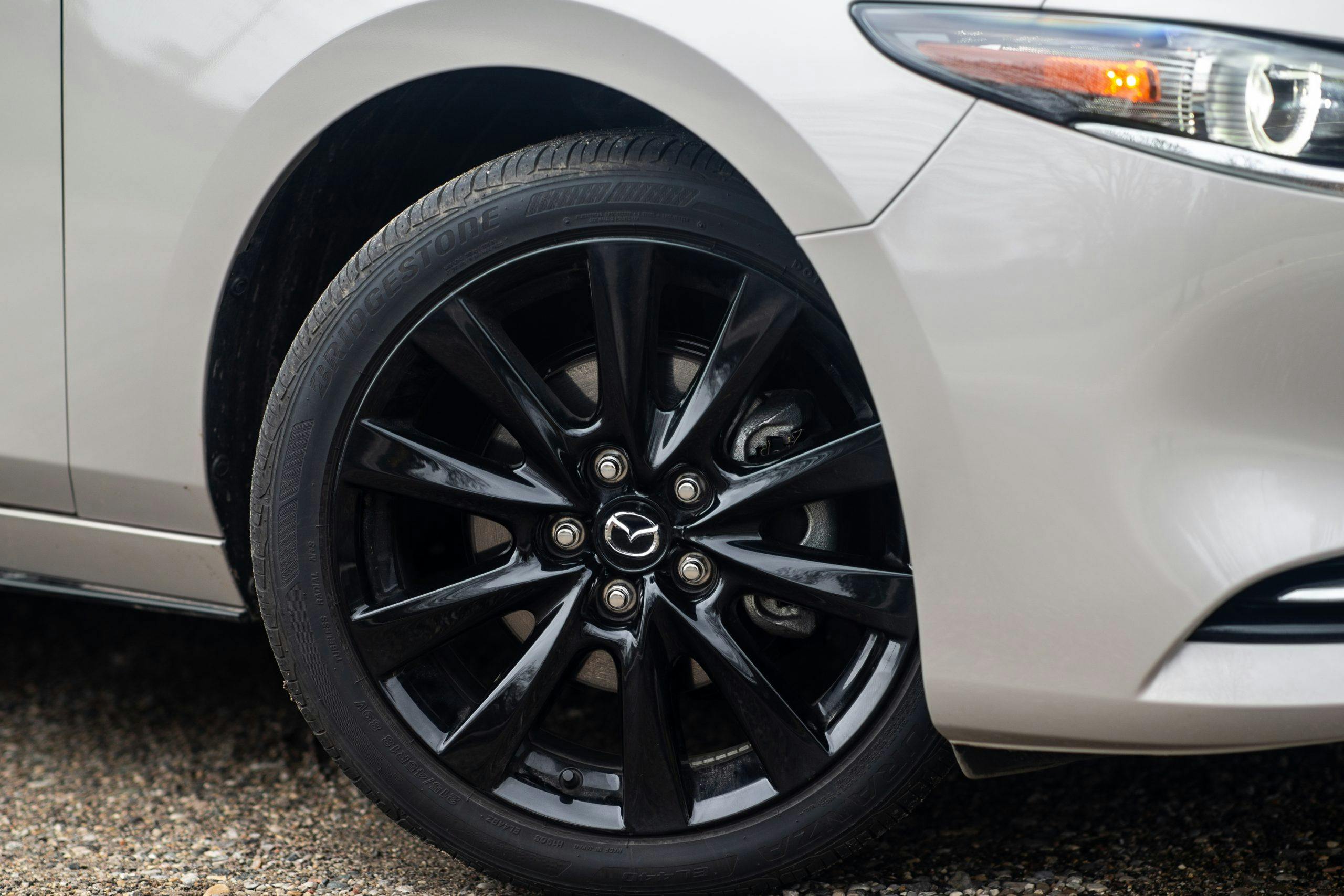
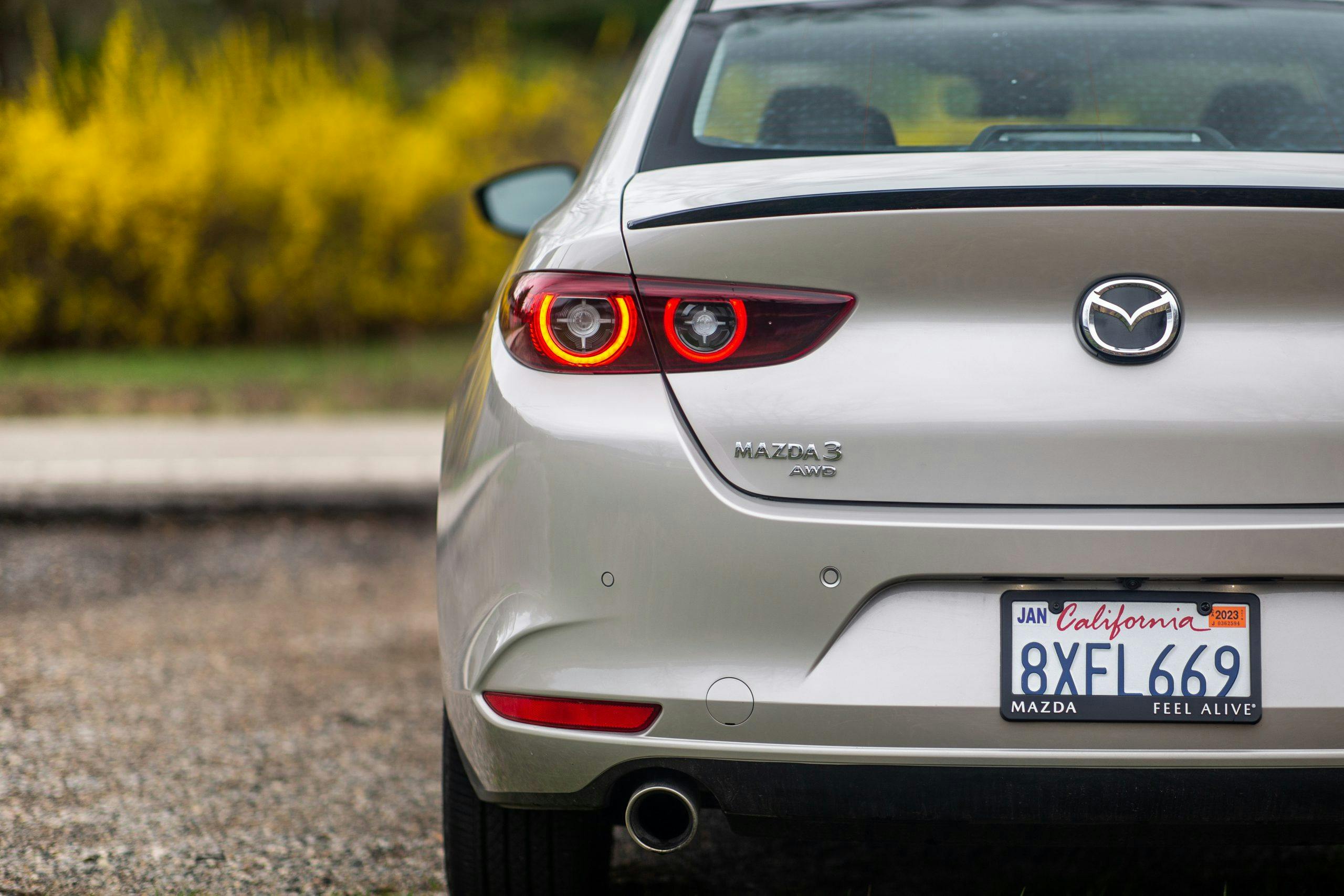
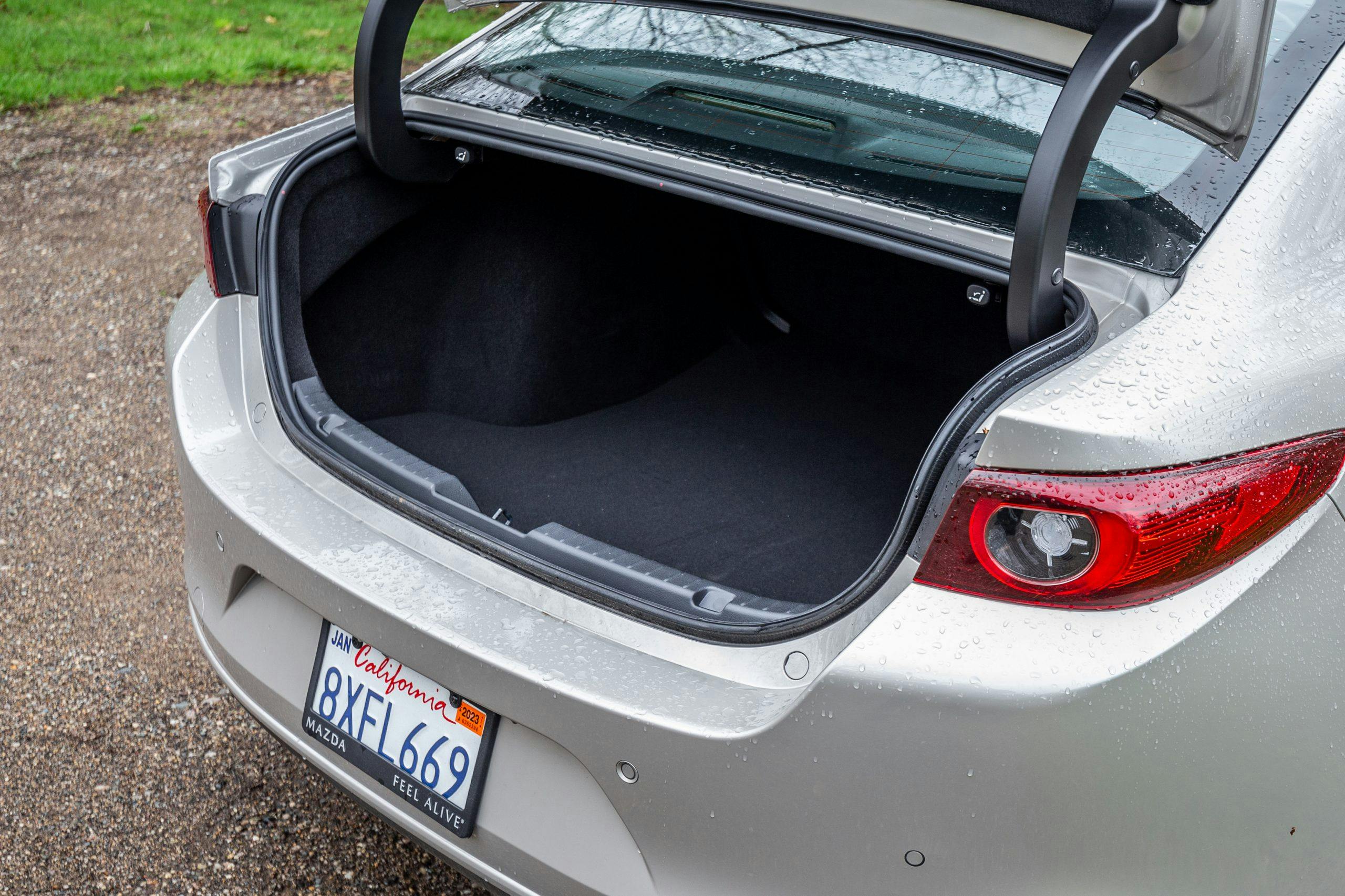
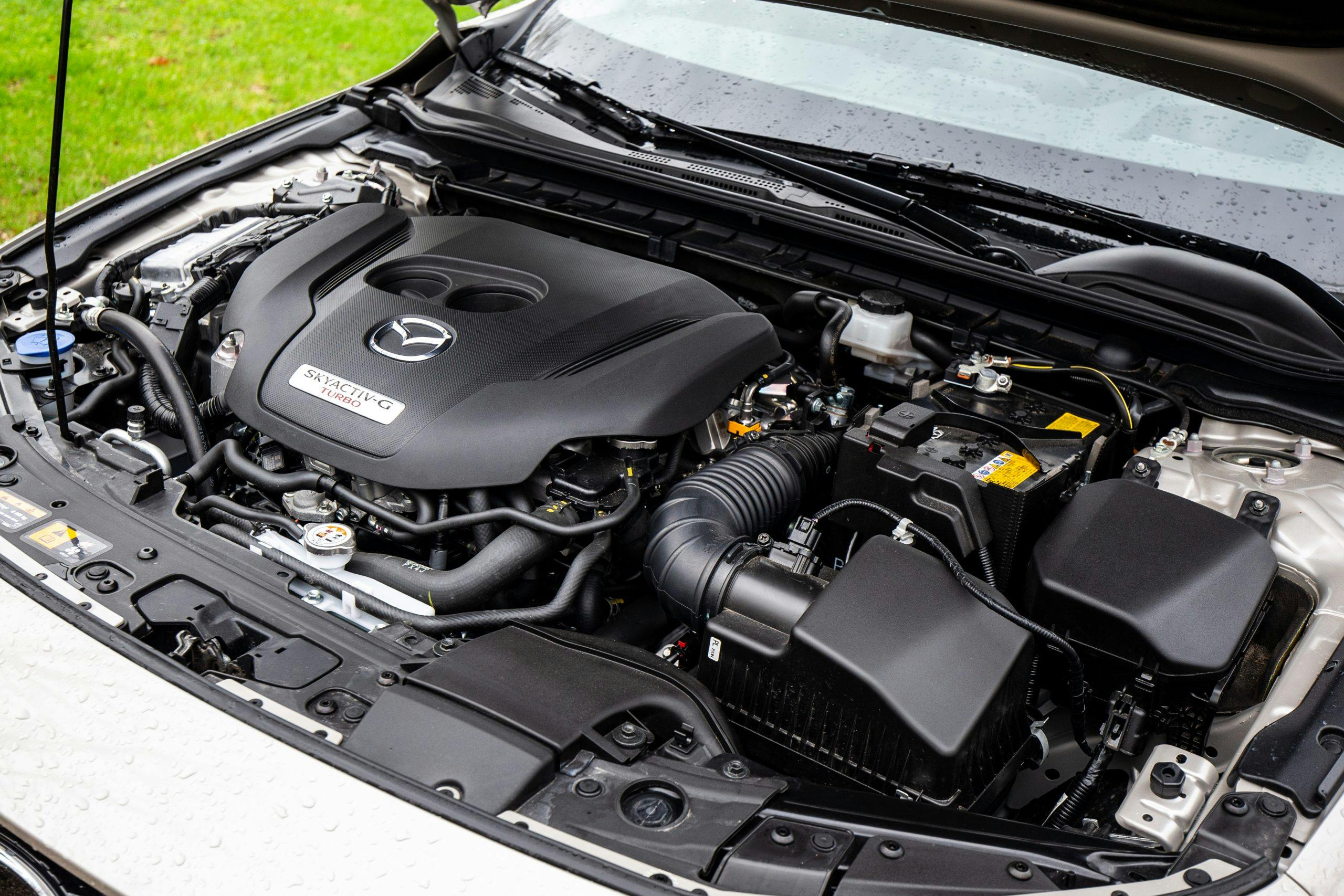
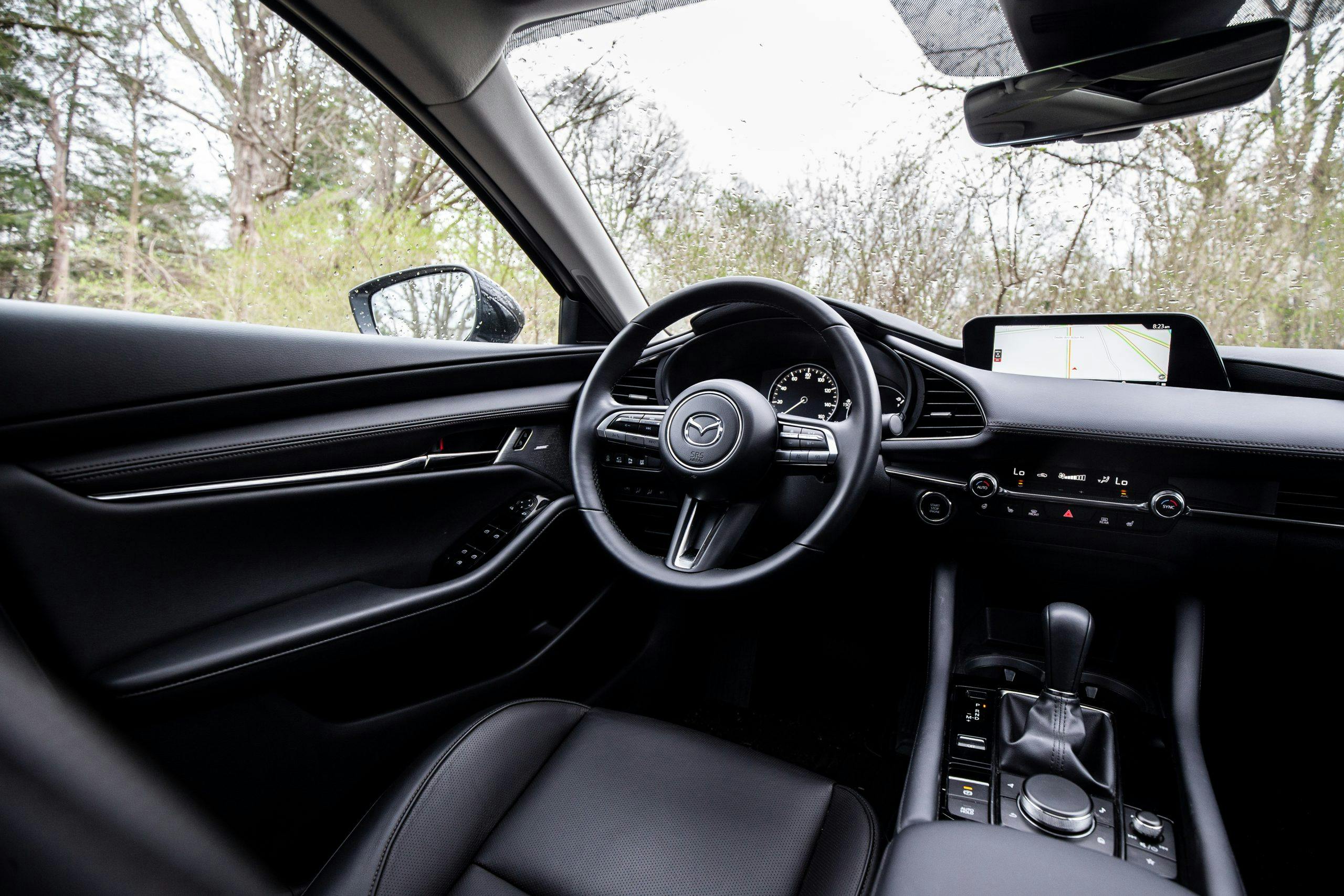

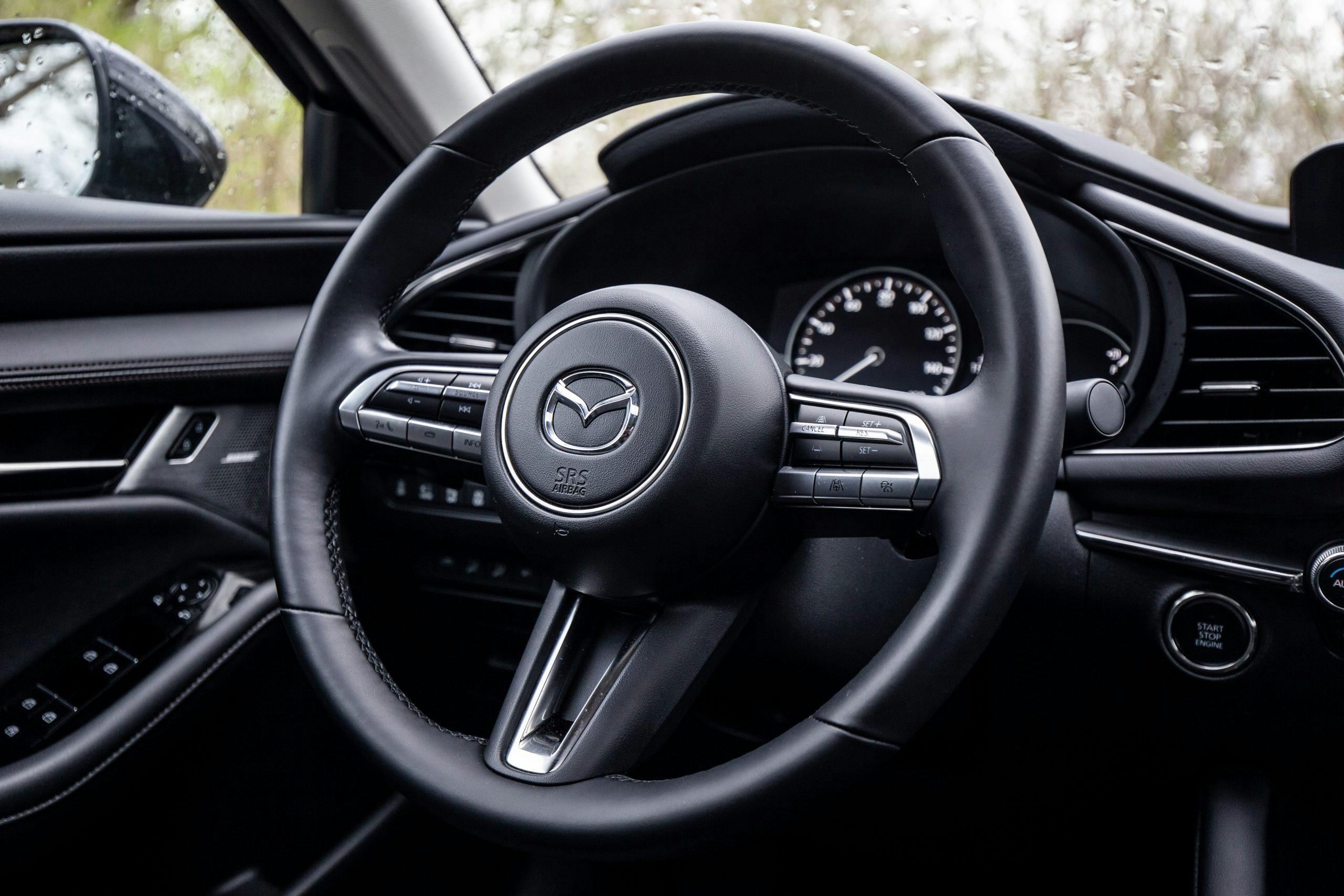
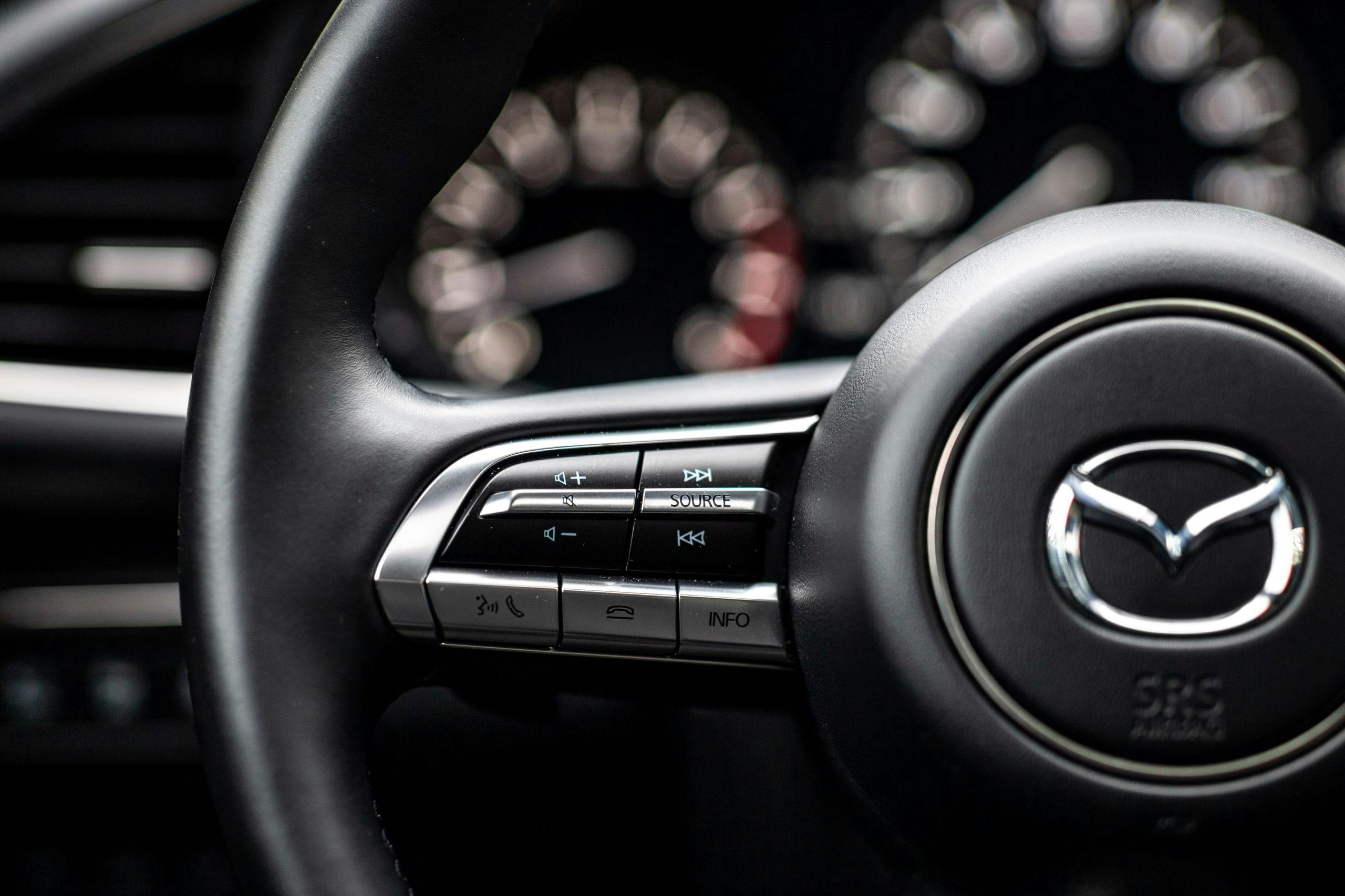
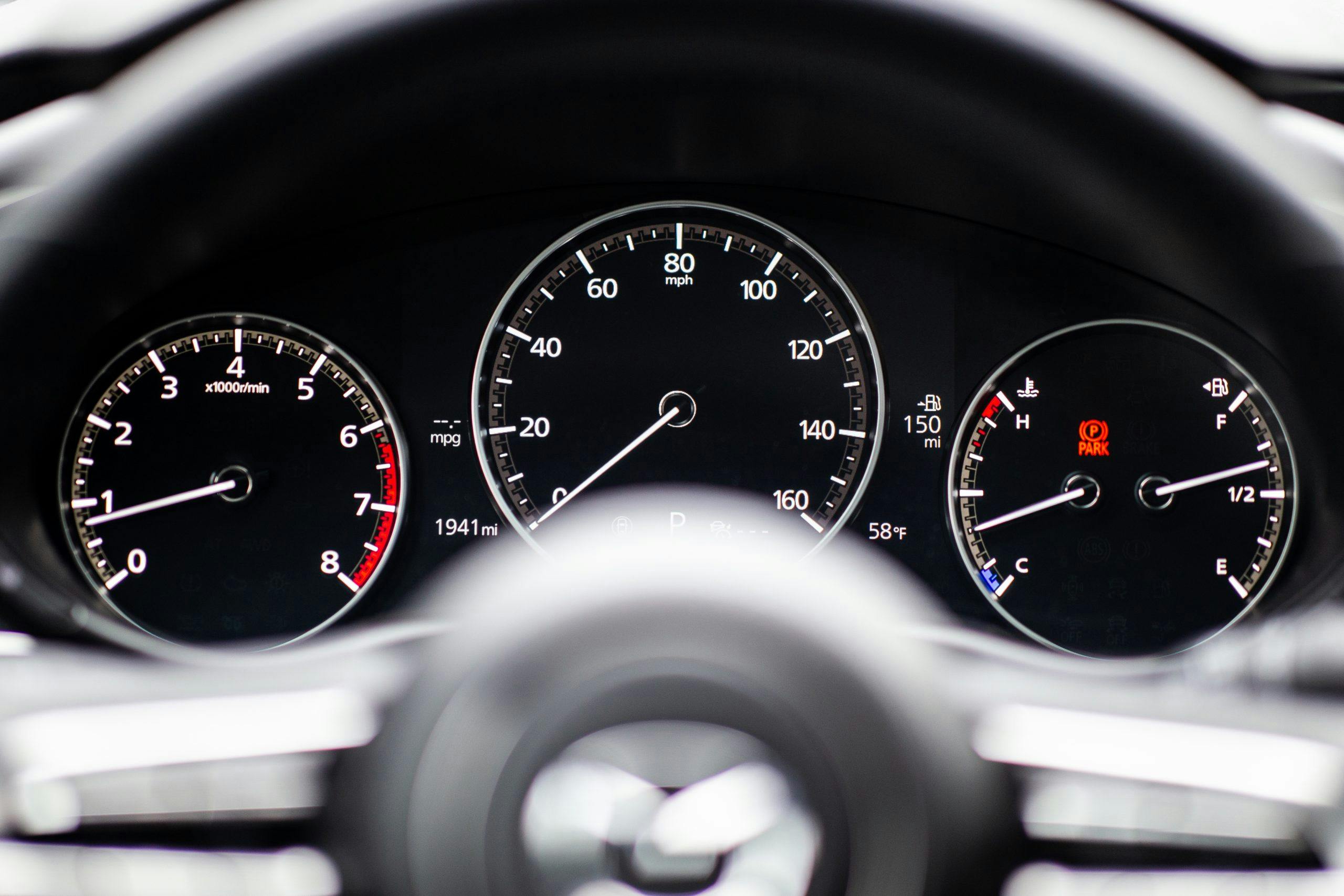
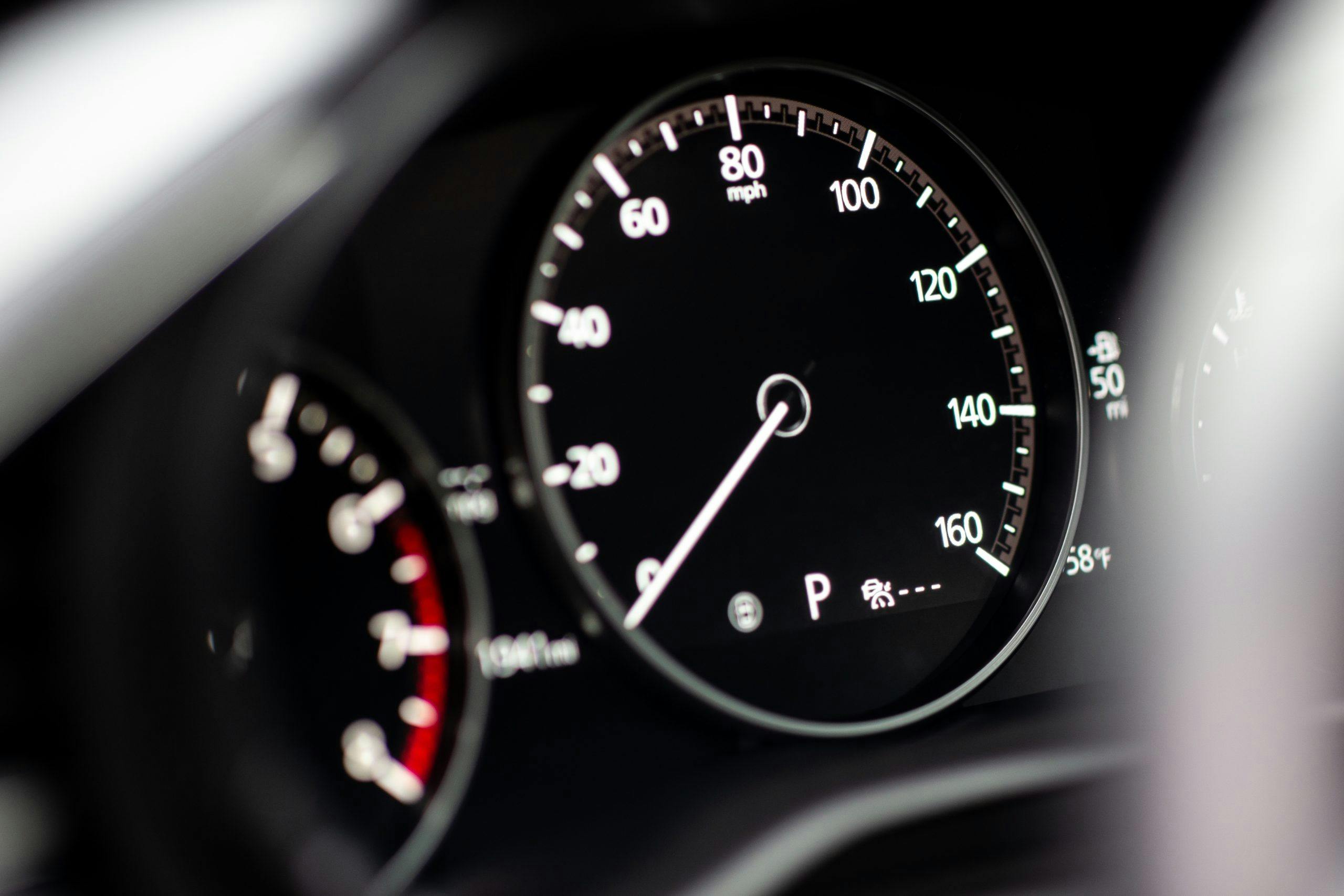

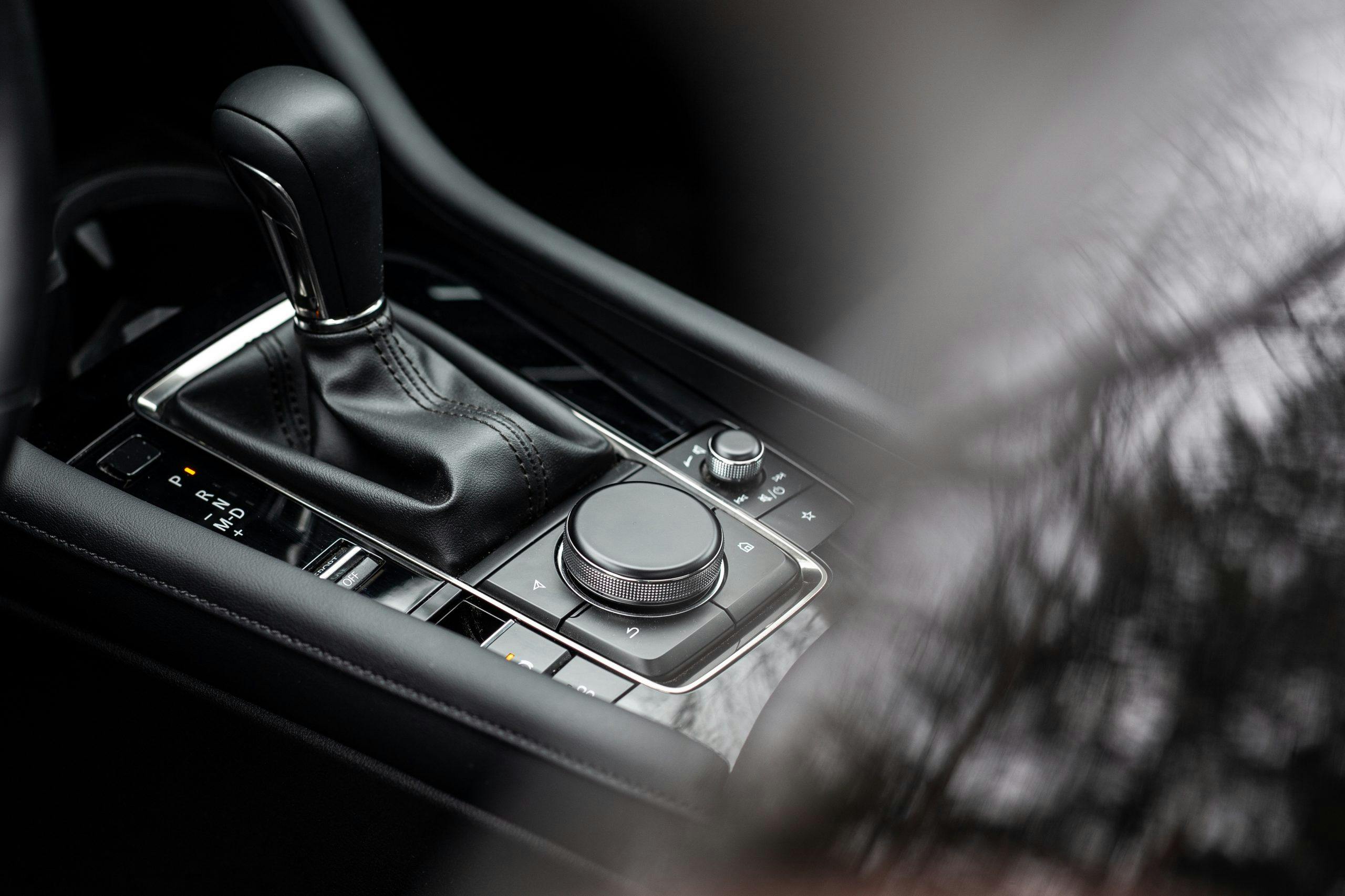
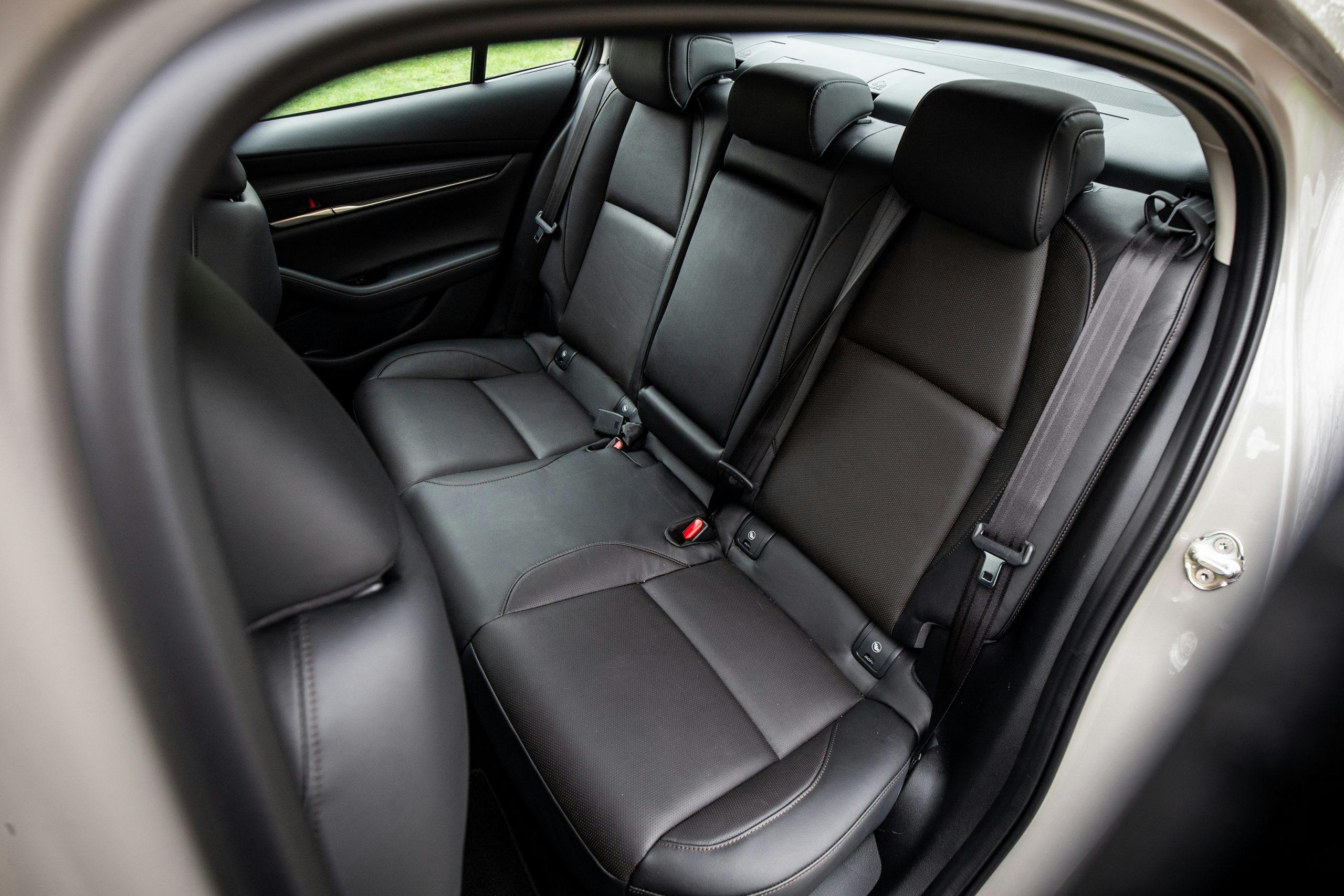
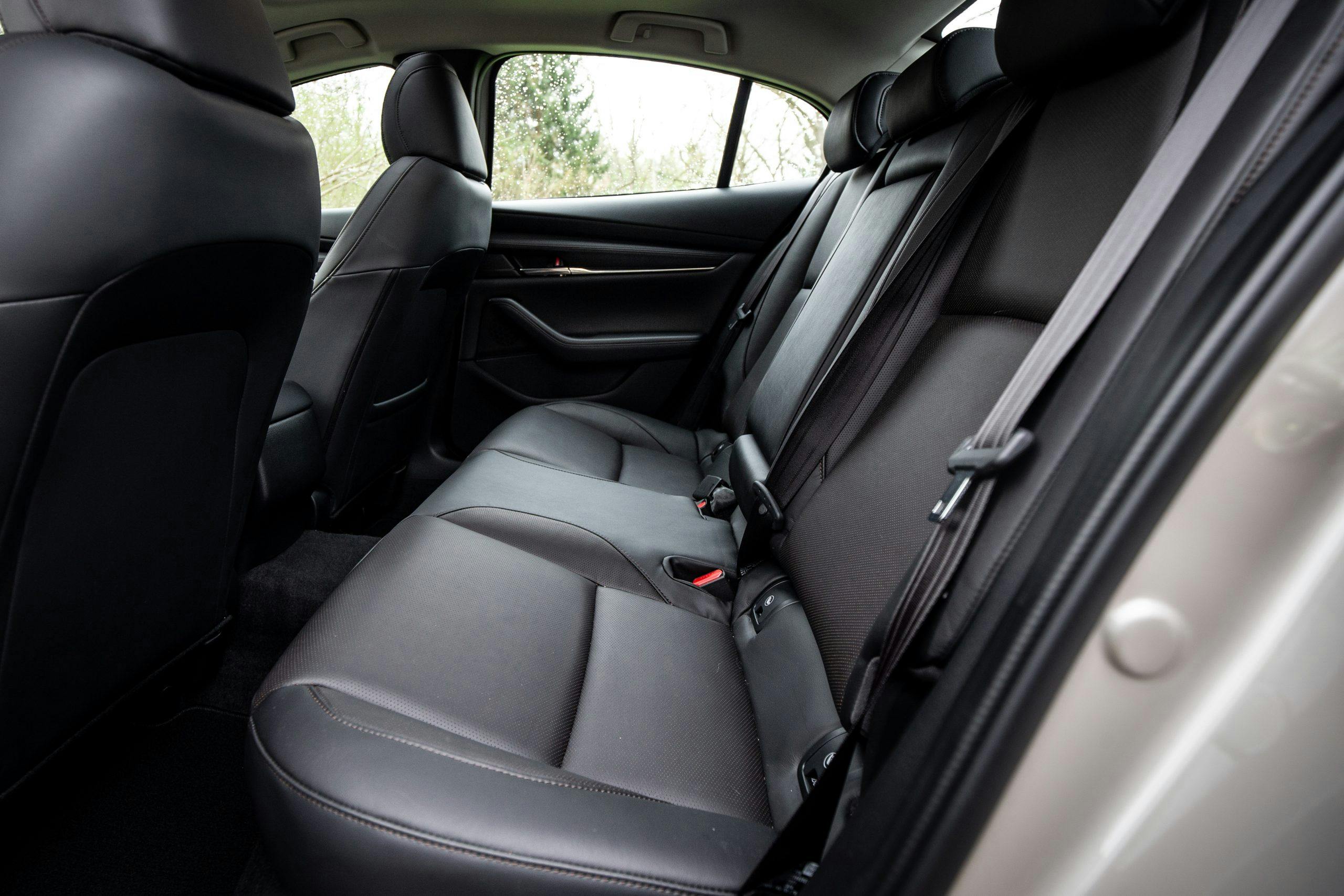


I really appreciate the article, good review of a car that’s high on my shopping list. Bizarrely it’s come down to this and the Subaru Legacy XT. Similar cost, similar performance numbers. The Subaru is eminently practical but the Mazda looks like much more fun. Jury is still out.